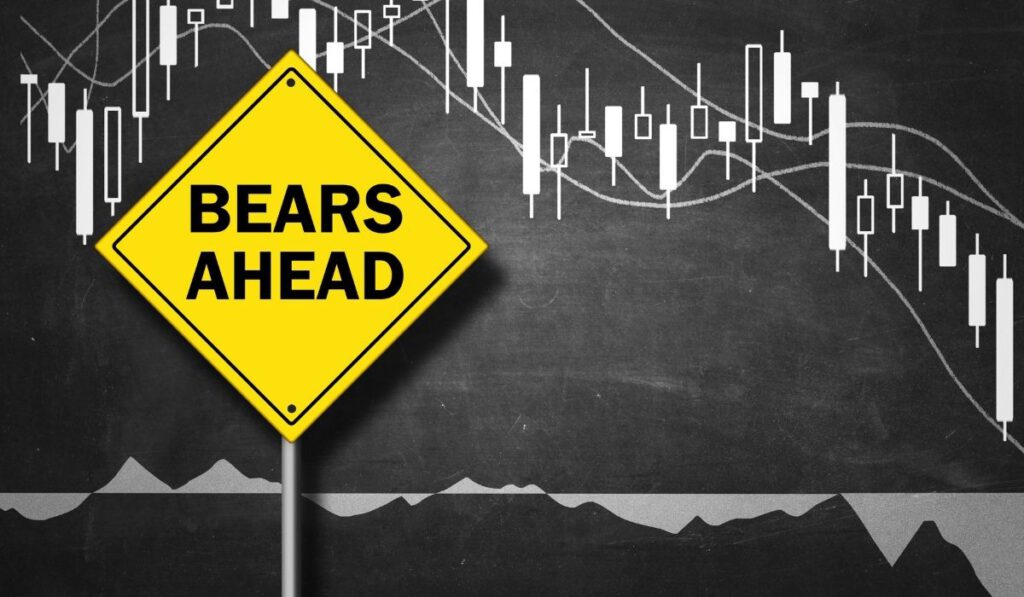Regardless of its growing popularity and market dominance, the crypto market is often criticized for its extreme volatility. In the early days, the primary reason behind the volatility was the newness of digital assets. That’s understandable because every new concept needs time to get accepted as it works its way through the adoption curve.
But another reason – the lack of regulations – has significantly contributed to the volatility of cryptocurrencies. Since the entire premise of digital assets revolves around the notion of decentralization, there is no authority overlooking (or protecting) investors.
In the last couple of years, the value of several cryptocurrencies has skyrocketed. In its full glory, the global crypto market surpassed the $2 trillion aggregate market capitalization benchmark. Helped in part by the pandemic, investors increasingly began pulling funds from traditional investments and started investing heavily in cryptocurrencies like BTC and ETH. More importantly, growing acceptance and mainstream investment have led many people to consider BTC a potential inflation hedge, despite its recent performance, which says otherwise.
Yet, even after all these positive developments, most governments and regulatory authorities worldwide still haven’t been able to devise proper frameworks for the digital asset market. The lack of regulations has forced institutional investors to sit on the sidelines. It has also created a vacuum where different exchanges list different prices for the same asset. Events like frauds and rug pulls have become a recurring problem, each in its way contributing to the volatility of cryptocurrencies.
Given the lack of regulations, crypto trading, at least for now, is highly speculative. Investors are just betting on prices going up or down. These speculative bets often lead to sudden inflows or outflows, further contributing to the ongoing volatility.
 
 
Regulators and policymakers are struggling to find the right way of regulating cryptocurrencies. However, the most-recent Terra crash that wiped off billions of dollars of investors’ money has reignited the calls for regulating the crypto market. The ongoing bear market, which has shrunk the overall crypto market capitalization by nearly $2 trillion, has also caught the attention of regulators.
As cryptocurrency exchange AAX notes in its latest article, “The current crypto crash has reignited calls to regulate the crypto industry. Those calls for stronger oversight are hard to fend off for an industry that has lost more than $2 trillion in value since its peak in November 2021.”
Regulation Could Mean More Stability
Regulation, if implemented properly, has the potential to protect investors and prevent fraudulent activities that are quite prevalent within the existing crypto ecosystem. It will also provide clear-cut guidelines that will enable more startups to expand the crypto economy further.
Take, for instance, the recent self-implosion of Terra’s UST stablecoin. In less than a month, Terra’s UST and LUNA tokens lost all value, wiping out billions of dollars of value. Terra’s UST was the third-largest cryptocurrency by market capitalization until everything went to zero.
Terra’s collapse has renewed regulatory interest in the burgeoning crypto market. South Korean authorities are already investigating the Terra team, primarily because the project allegedly attracted thousands of retail investors by “marketing” their products as “stable” financial solutions that offer high yields against low risks.
Following Terra’s collapse, several platforms like Celsius suspended withdrawals for all customers. It turned out that Celsius had made significant investments in stETH – a synthetic token pegged 1:1 with ETH. When Terra’s UST started de-pegging from the US Dollar (due to the 20% APY offered by Anchor Protocol), Celsius used customer’s funds to protect its positions from getting liquidated. This unplanned (and unethical) move by Celsius and several other platforms impacted the crypto market even further, pulling down the values of other cryptocurrencies to extreme lows.
The ongoing bear market has also taken a toll on large-scale investment firms. For instance, Three Arrows Capital (3AC), one of the biggest investors in the Terra ecosystem, was forced to liquidate all its positions, withdrawing $400 million worth of stETH and ETH from the Curve Protocol. After a few weeks, 3AC openly accepted that it was facing liquidity problems due to the implosion of Terra’s UST and LUNA tokens. Just weeks later, the investment firm filed for bankruptcy.
That said, the main point to note here is that all of these won’t happen in the traditional financial ecosystem because there are regulations in place to safeguard investors and set guidelines for service providers. In the crypto sector, there is none. Hence, the broader crypto market often behaves like a house of cards during bearish phases, wherein the downward spiral of one cryptocurrency leads to a death spiral that consumes most of the other tokens as well.
This bear market is pushing regulators to make tough decisions. The US Securities and Exchanges Commission (SEC) is already making swift moves in implementing comprehensive regulations for cryptocurrencies, especially stablecoins and high-yield DeFi primitives. The representatives of the European Union (EU), considering the ongoing events, have already settled on implementing a wide set of guidelines, MiCA (Markets in Crypto Assets), to regulate digital assets and CSPs (crypto assets service providers).
The bottom line is that the crypto market needs regulation to protect investors and maintain a fixed level of liquidity even when the value of cryptocurrencies collapses. With regulations and these safeguards in place, rebuilding investor confidence in the “wild west” crypto market becomes easier. More importantly, it will attract hedge funds and institutional investors eager to invest in the crypto industry but still on the sidelines due to the ongoing lack of regulatory clarity.


